11 Best DIY Mud Masks For Skin Detox
Acne, blackheads, deep cleansing - we got a recipe for all your skin issues and needs.
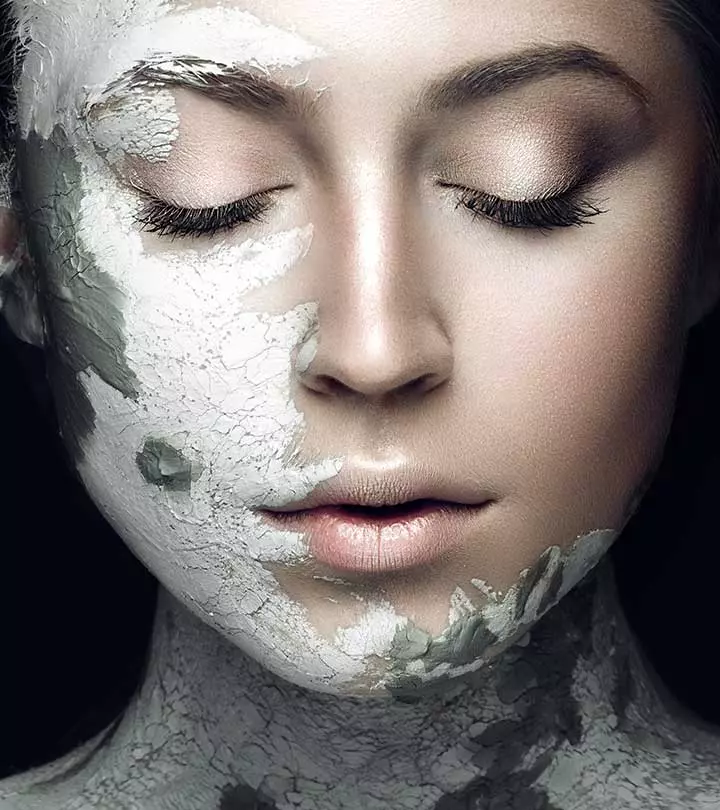
Image: Shutterstock
If you are wondering how to make DIY mud masks, you have come to the right place! The old-fashioned mud masks were all we had to fix our skin problems before sheet masks and peel-off face masks became popular. Mud masks can treat anything from excess oil to pimples, acne, and uneven tone. Although it may not appear to be the most appealing ingredient to put on your face, there is no doubt that mud is good for your skin for a multitude of reasons. It has been employed in the world of beauty since ancient times. Even Cleopatra was known to apply clay on her face twice a week, preferably from the Dead Sea. Check out what science has to say about the mud masks below. Keep scrolling!
 Trivia
TriviaIn This Article
Benefits Of Using Homemade Mud Masks On The Face
- Bentonite clay is effective in treating dermatitis and allergic reactions on the skin. It acts as a barrier and prevents toxins from getting absorbed into your skin. Sunscreen lotions containing bentonite clay are highly effective in absorbing more UV rays than other commercially available sunscreen lotions (1).
- Applying clay on your skin boosts collagen production. An experiment conducted on rats found that clay application increased the number of collagen fibers in their skin (2). Collagen is crucial for maintaining skin elasticity and preventing signs of aging.
- Bentonite clay can heal skin wounds effectively. A study conducted on rats found that clay masks could reduce tissue damage and acted as a skin barrier to prevent infections and toxin build-up (3).
- Clay contains minerals and is known for its high absorbency power (it absorbs toxins and grease from the skin). When applied to the skin, it forms a protective layer that helps in reducing the loss of natural moisture and keeps the skin hydrated. A study also observed that the skin firmness of people who applied clay for seven days had increased drastically (4).
Now, before you start making mud masks, it is essential to choose the clay for your specific skin type for maximized benefits. For example, if you have oily or acne-prone skin, bentonite clay will help absorb excess oil and reduce breakouts. On the other hand, gentler options like rose clay or kaolin clay that hydrate and soothe without irritation are ideal for dry or sensitive skin. By selecting the right clay, you will ensure your mud mask targets your skin’s needs for the best possible results. The most popular clays used for making mud masks include:
- Fuller’s earth (Multani mitti)
- Bentonite clay
- French green clay
- Aztec healing clay
- Dead Sea clay
- Cambrian blue clay
- Rose clay (also called French pink clay)
- Rhassoul clay (also known as Moroccan lava clay)
- Kaolin clay
- Irish moor clay
- Australian black clay
Hope you are now convinced about the incredible beauty benefits of muds and clays. If yes, here are some super-easy homemade mud mask recipes for you. Check them out!
Key Takeaways
- Mud masks can boost your skin’s collagen production and delay skin aging.
- They can also help treat dermatitis and minor wounds.
- You can make your mud mask with lemon juice, coffee, or charcoal to help prevent blackheads on your skin.
- Use a light moisturizer after washing off the mask to keep the skin hydrated.
Best DIY Homemade Mud Masks For Face
- Homemade Mud Mask For Blackheads
- Homemade Mud Mask For Acne
- Mud Mask For Oily Skin
- Coffee Mud Mask
- Charcoal Mud Mask
- Green Tea Mud Mask
- Tea Tree Oil Mud Mask
- Avocado Mud Mask
- Apple Cider Vinegar Mud Mask
- Mud Mask For Dry Skin
- Deep Cleansing Mud Mask
Note: Do not use metal bowls for mixing your ingredients. Use plastic or glass bowls instead.
1. Homemade Mud Mask For Blackheads
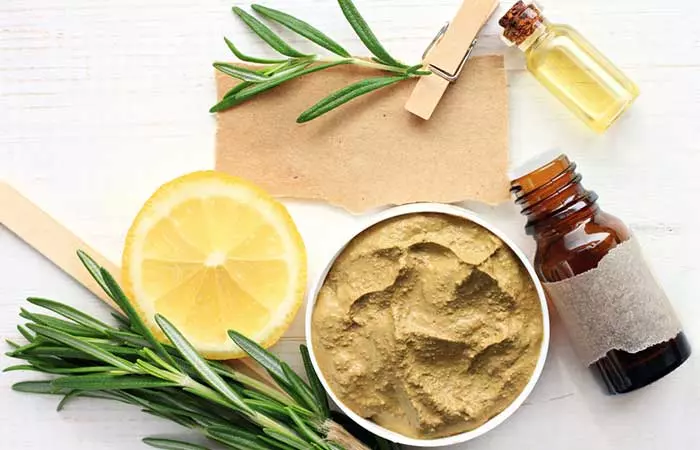
You Will Need
- 3 teaspoons bentonite clay
- 1 teaspoon lemon juice
- 3 drops rose essential oil
- Water (as required)
- A clean cloth
What You Have To Do
- Soak a clean cloth in warm water and place it on your face for a minute. Pat dry.
- Take a ceramic bowl and add clay powder to it.
- Add lemon juice, oil, and water and mix well.
- Apply it all over the face and neck.
- Let it set.
- Gently clean with a circular motion using warm water.
How Often You Should Do This
Once a week.
Why This Works
Lemon has an astringent effect, and the clay exfoliates your skin and removes all the dirt and grime, leaving your skin squeaky clean.
This mud mask promotes cell regeneration.
Note: Those with sensitive skin should be careful with lemon juice as it might irritate your skin.
2. Homemade Mud Mask For Acne
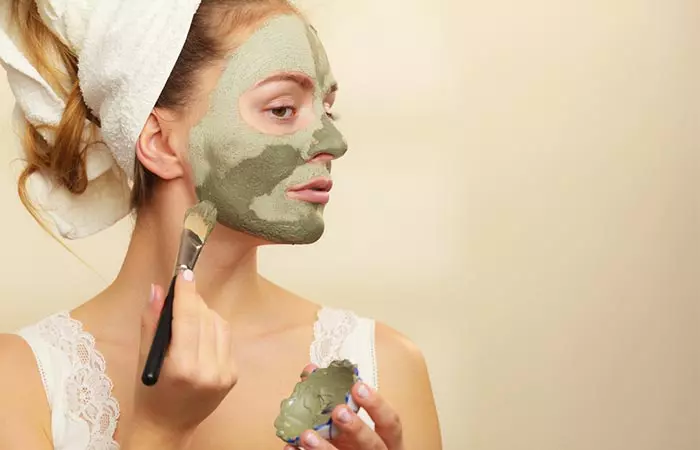
You Will Need
- 2 teaspoons clay (those with combination skin can use bentonite clay, oily skinned people can use French green clay or Australian black clay)
- 2 teaspoons almond or jojoba or olive oil
- 3 drops tea tree essential oil
- 3 drops lavender essential oil
- 1 teaspoon poppy seeds (optional for additional exfoliation)
What You Have To Do
- Mix all the ingredients in a bowl and make a paste.
- Prepare your skin by washing it with lukewarm water and patting it dry,
- Apply the paste to your face.
- Let it dry.
- Soak your hand in warm water and rub it on your face.
- Slowly remove the face mask from your face. Don’t rub hard.
How Often You Should Do This
Once a week.
Why This Works
The clay removes the excess oil from your face but does not rob your skin of its natural oils.
Tea tree oil has antibacterial properties
that cleanse your skin and work on the acne.
3. Mud Mask For Oily Skin
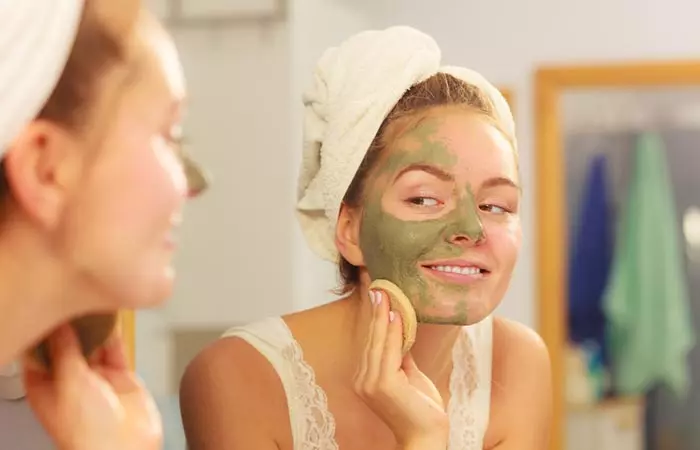
You Will Need
- 2 tablespoons fuller’s earth
- 1 tablespoon rose water (adjust as per the consistency)
- ½ tablespoon lemon juice
What You Have To Do
- Remove all traces of makeup from your skin.
- Mix all the ingredients in a clean bowl and make a paste.
- Apply a layer of the mud mask on your face. Leave the area surrounding your eyes.
- Let it dry.
- Wash it off using warm water.
- Follow up with a light moisturizer.
How Often You Should Do This
Once a week.
Why This Works
Fuller’s earth is excellent for oily skin. Lemon makes your pores shrink and also brightens up your face.
4. Coffee Mud Mask
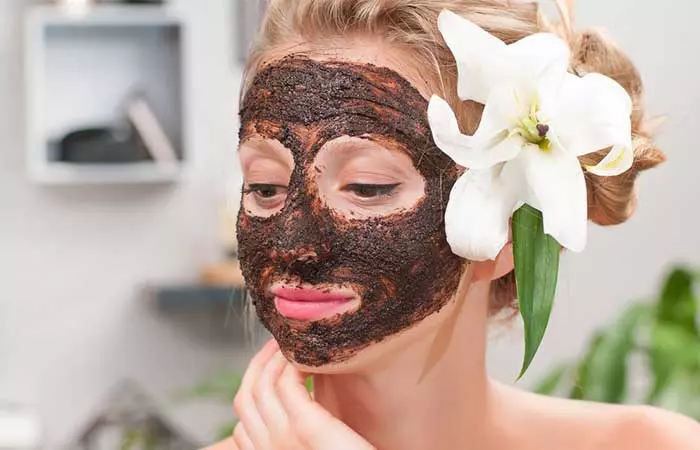
You Will Need
- 2 teaspoons French green clay (you can also use bentonite or white kaolin clay)
- 1 teaspoon coffee grounds
- 1 teaspoon apple cider vinegar (dilute it with a teaspoon of rose water)
- 2-3 drops tea tree oil
What You Have To Do
- Mix the clay and coffee grounds in a plastic or ceramic bowl.
- Add the diluted apple cider vinegar and essential oil to it and mix well.
- Spread the mask on your face.
- Wait for 15-20 minutes or until it dries.
- Once it dries, remove it with warm water. Rub with your fingers gently in a circular motion.
- Apply a light moisturizer.
How Often You Should Do This
Once a week.
Why This Works
Coffee grounds are anti-inflammatory
and excellent exfoliants. Apple cider vinegar tones your skin and maintains the pH balance. Tea tree oil kills bacteria and germs and prevents acne and other skin issues.
5. Charcoal Mud Mask
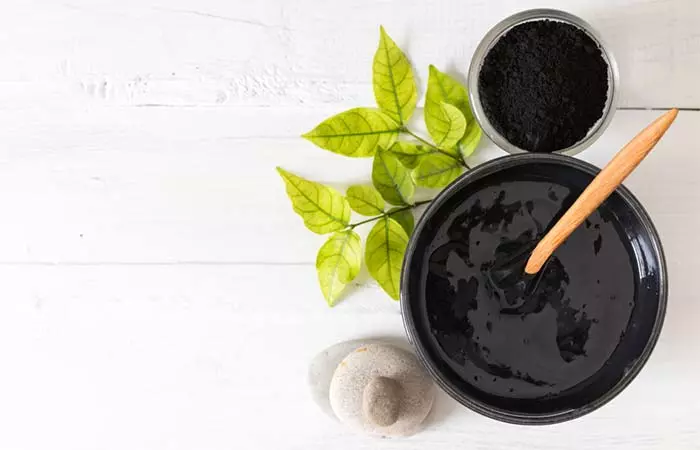
You Will Need
- 3 tablespoons bentonite clay (or any other clay of your choice)
- 1 teaspoon activated charcoal
- 3 tablespoons distilled water or witch hazel (or a combination of both)
- 20 drops tea tree oil
What You Have To Do
- Take the clay in a plastic or glass bowl.
- Dilute it with witch hazel or distilled water (this lowers the pH levels of the clay, which can otherwise irritate sensitive skin).
- Blend well with activated charcoal and tea tree oil.
- Apply it on your face and let it dry.
- Rinse the mask with cold water and pat your face dry.
How Often You Should Do This
Once a week.
Why This Works
Activated charcoal is one of the best ingredients you can use to remove blackheads naturally. DIY charcoal face masks draw out all the bacteria and dirt from your face, unclogs your pores, and keeps the hair follicles clean.
6. Green Tea Mud Mask

You Will Need
- 1 tablespoon green tea (brew green tea in water and use it)
- ½ tablespoon bentonite clay
- ½ tablespoon aloe vera gel
- ½ teaspoon honey
- ½ teaspoon jojoba oil
- 2 drops lemon/lavender/tea tree essential oil (use any one)
What You Have To Do
- Mix all the ingredients in a bowl.
- Clean your face and cover it with the paste. Leave the area around your eyes and lips.
- Allow it to dry and then wash it off with warm water.
- Apply a moisturizer.
How Often You Should Do This
Once a week.
Why This Works
Green tea has anti-inflammatory properties, and it is great for your skin. It reduces inflammation and keeps your skin healthy. This homemade face mask has a calming effect on your skin and keeps it hydrated.
Yolanda, a cosmetic formulation chemist, shared the results of using a green tea, bentonite clay, and argan oil mask on her face in her personal blog. She said, “Surprisingly this just left my face suuuupersoft. Like I exfoliated it, which it didn’t really because I didn’t have any scrubbing beads in it (i).”
7. Tea Tree Oil Mud Mask

You Will Need
- 2 teaspoons fuller’s earth
- 1 teaspoon organic honey
- 1 tablespoon rose water
- 2-3 drops tea tree essential oil
What You Have To Do
- Take the clay in a bowl and add honey to it.
- Add the rose water and essential oil and then blend.
- If the consistency is too thick, add more rose water.
- Spread it evenly on your face and let it dry.
- Wash with lukewarm water and then pat dry.
How Often You Should Do This
Once a week.
Why This Works
Tea tree oil has antibacterial properties and amazing healing properties. It is beneficial for treating acne, pimples, and boils. This fantastic homemade mud mask cleanses your skin thoroughly, removes excess oil, and unclogs all the pores.
8. Avocado Mud Mask
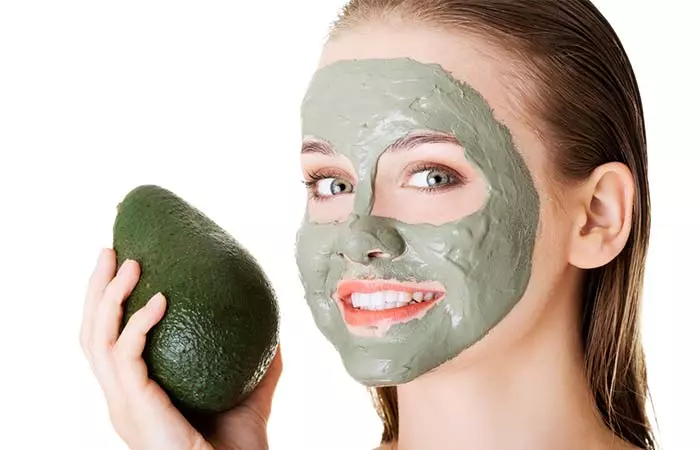
You Will Need
- 1 tablespoon avocado pulp
- 1 tablespoon bentonite or kaolin clay
- 2 teaspoons avocado oil
- 2 teaspoons honey
What You Have To Do
- Mix all the ingredients in a bowl.
- Apply it on your face and neck and massage it slowly.
- Let it dry.
- Clean the mud mask with cold water.
How Often You Should Do This
Once a week.
Why This Works
Avocado has moisturizing properties and reduces inflammation. This avocado mud mask not only moisturizes the face but also controls acne flare-ups and gives you glowing skin. Using kaolin clay for skin gently exfoliates the skin, removing any excess oil, dirt, and product build-up.
9. Apple Cider Vinegar Mud Mask
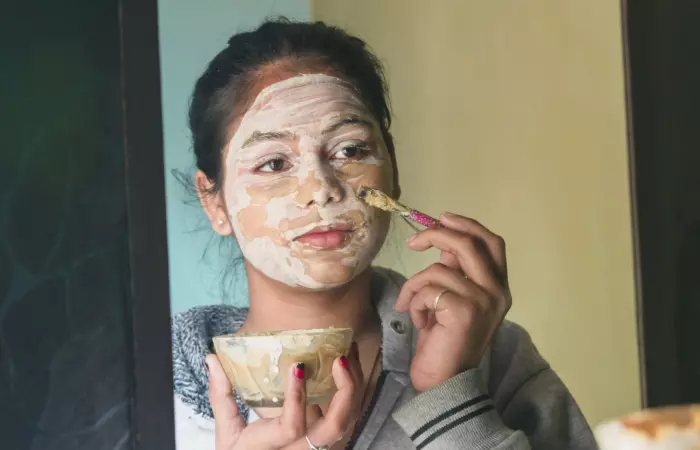
You Will Need
- 1 tablespoon bentonite clay or kaolin clay
- 1 teaspoon apple cider vinegar (with mother)
- 1-2 teaspoons of water (adjust until you have a paste consistency)
What You Have To Do
- Mix all the ingredients in a bowl to form a paste.
- Apply an even layer of the mask on cleansed and towel-dried skin.
- Leave it on for 10-15 minutes.
- Wash it off with lukewarm water, pat your face dry, and follow up with a moisturizer.
How Often You Should Do This
Once a week.
Why This Works
Apple cider vinegar’s antimicrobial and antifungal properties may help alleviate multiple skin problems and speed up wound healing (5).
10. Mud Mask For Dry Skin
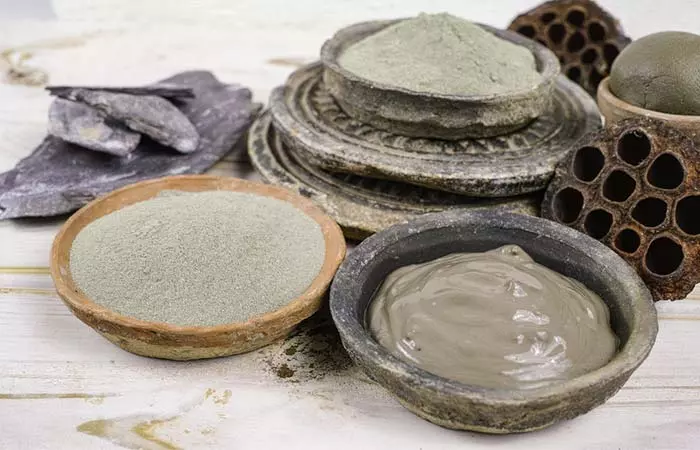
You Will Need
- 1 tablespoon French green clay
- 1 teaspoon honey
- 1 egg white
- 2 drops of lavender essential oil (optional)
What You Have To Do
- Add the clay and the egg white in a bowl and mix.
- Add the honey and the lavender oil.
- If the mixture is too heavy, use water to adjust the consistency.
- Clean your face and apply the mask evenly. Let it dry.
- Use a cloth soaked in warm water to remove it.
- Apply a toner afterward.
How Often You Should Do This
Once a week.
Why This Works
This mud mask hydrates your skin and also calms and soothes any inflammation. It draws out impurities from your skin surface and keeps it nourished.
11. Deep Cleansing Mud Mask
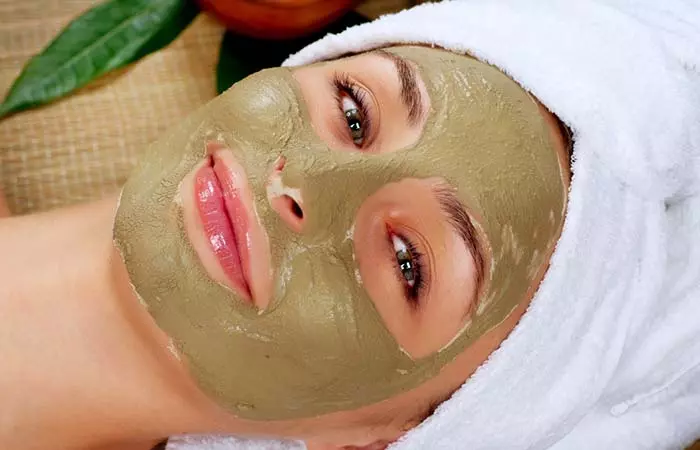
You Will Need
- 1 teaspoon bentonite clay
- 1 teaspoon raw honey
- 2 teaspoons water (add as per requirement)
- ½ teaspoon dried and powdered chamomile or calendula flowers (optional)
- 2 drops lavender essential oil
What You Have To Do
- Mix the clay with the powdered flowers and add honey and water to make a paste.
- Apply it to your face. Make sure you avoid the area around your eyes.
- Let it dry. Remove the mask with a cloth soaked in warm water.
How Often You Should Do This
Once a week.
Why This Works
The clay is excellent for detoxing your skin and making it firm. Honey soothes and heals the skin as it has antibacterial properties. The dried herbs impart extra nourishment to the skin.
 Quick Tip
Quick TipInfographic: DIY Mud Masks: Natural Recipes For Healthy Skin
Mud masks contain natural clay minerals that have absorbent properties. They help in drawing out excess oil, dirt, and impurities from the skin, keeping it healthy. While there are many options available in mud masks, we have covered the easily available and most effective ones in the infographic below. Check it out to know more.

Illustration: StyleCraze Design Team
Mud masks have been used by women since ancient times to treat a variety of skincare issues. Ayurvedic skincare practices are great for natural and effective skin detox. So you can also use other ayurvedic face packs for glowing skin. The masks listed above are known for their detoxifying, hydration, anti-aging, and rejuvenation properties. Incorporating mud masks into your daily skincare routine will boost the production of collagen, hydrate the skin, prevent signs of aging, and protect the skin from toxins and UV rays. The multiple advantages they provide for the skin have made mud masks a popular feature in spa treatments. You can make your own mud masks at home using Fuller’s earth or bentonite clay along with tea tree oil, lemon, charcoal, or avocado. These homemade mud masks exfoliate your skin, maintain the pH balance, reduce acne, and improve the overall appearance and health of your skin.
Frequently Asked Questions
Which is better: mud mask or clay mask?
You can choose either based on your skin type. Mud and clay masks are alike as they are both derived from the earth, though their benefits vary slightly. The main difference is that mud is a skin-healing agent while clay is a cosmetic that dries the skin.
How do you make a mineral mud mask at home?
What you need:
- 1 tablespoon of mineral mud
- 2-3 drops of spearmint essential oil
- 3-4 drops of rosemary essential oil
- 3-4 drops of frankincense essential oil
Method:
- Combine the mud and essential oils in a small bowl.
- Mix thoroughly to blend the oils and mud.
- Apply a thin layer to your face, avoiding the eyes, nose, and lips.
- Leave it on for 15 minutes for a deep moisturizing treatment.
- Remove the mask with warm water after rinsing it off.
How do you preserve a mud mask?
mud mask can be preserved as long as it is kept dry. You are free to combine the dry ingredients in a sealed plastic or glass jar and keep them in a cool, dry place.
Illustration: Best DIY Mud Masks For Skin Detox
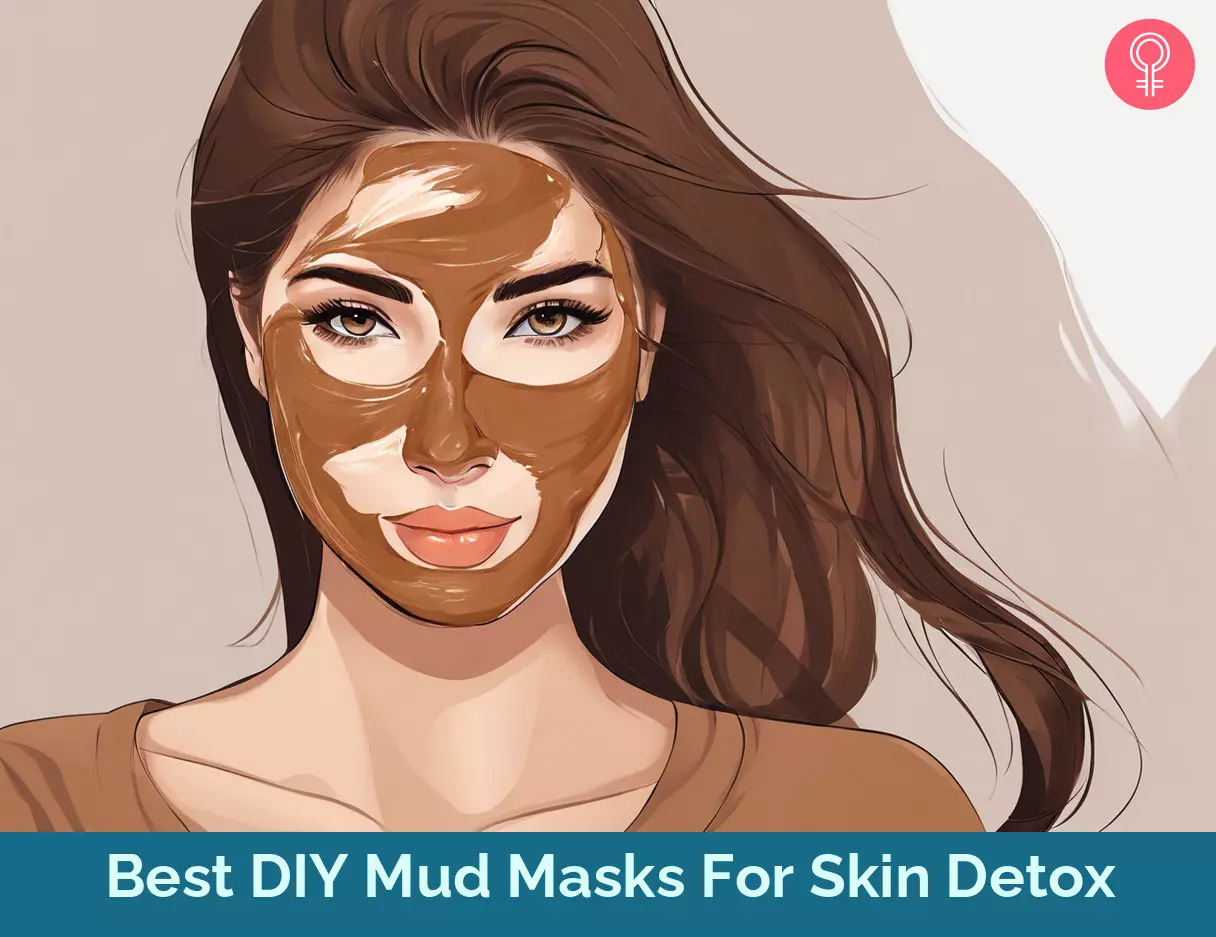
Image: Stable Diffusion/StyleCraze Design Team
Learn how to make a DIY French green clay face mask that is perfect for oily and acne-prone skin. Watch this video and try the mask to leave your skin feeling refreshed and rejuvenated.
Personal Experience: Source
StyleCraze's articles are interwoven with authentic personal narratives that provide depth and resonance to our content. Below are the sources of the personal accounts referenced in this article.
i. DIY bentonite clay, green tea & argan oil face maskhttps://yolandaas.blogspot.com/2013/01/diy-bentonite-clay-green-tea-argan-oil.html
References
Articles on StyleCraze are backed by verified information from peer-reviewed and academic research papers, reputed organizations, research institutions, and medical associations to ensure accuracy and relevance. Read our editorial policy to learn more.
- Bentonite Clay as a Natural Remedy: A Brief Review
https://www.ncbi.nlm.nih.gov/pmc/articles/PMC5632318/ - Effect of topical clay application on the synthesis of collagen in skin: an experimental study
https://pubmed.ncbi.nlm.nih.gov/22340693/ - EFFECT OF BENTONITE ON SKIN WOUND HEALING: EXPERIMENTAL STUDY IN THE RAT MODEL
https://citeseerx.ist.psu.edu/viewdoc/download?doi=10.1.1.482.6755&&rep=rep1&&type=pdf - Characterization and Short-Term clinical study of clay facial mask
https://www.researchgate.net/publication/318508286_Characterization_and_Short-Term_clinical_study_of_clay_facial_mask - Antimicrobial activity of apple cider vinegar against Escherichia coli Staphylococcus aureus and Candida albicans; downregulating cytokine and microbial protein expression
https://www.ncbi.nlm.nih.gov/pmc/articles/PMC5788933/
Read full bio of Dr. Priya Gill
Read full bio of Ramona Sinha
Read full bio of Eshna Das
Read full bio of Shiboli Chakraborti





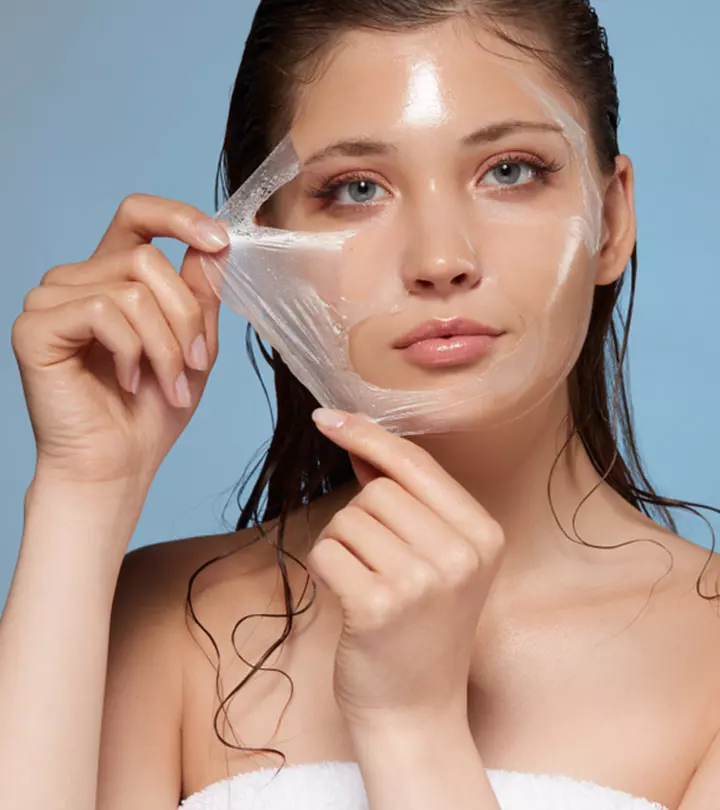
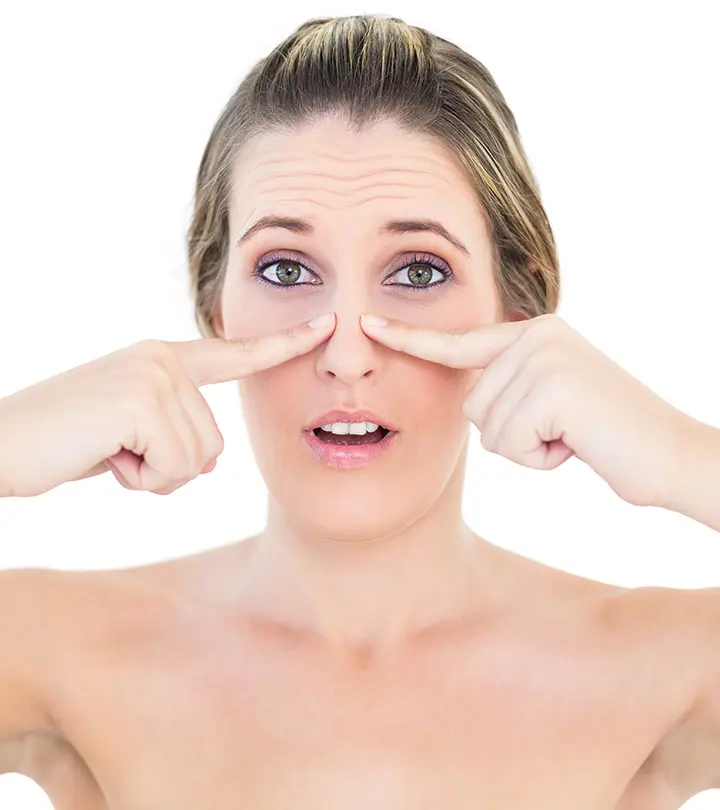
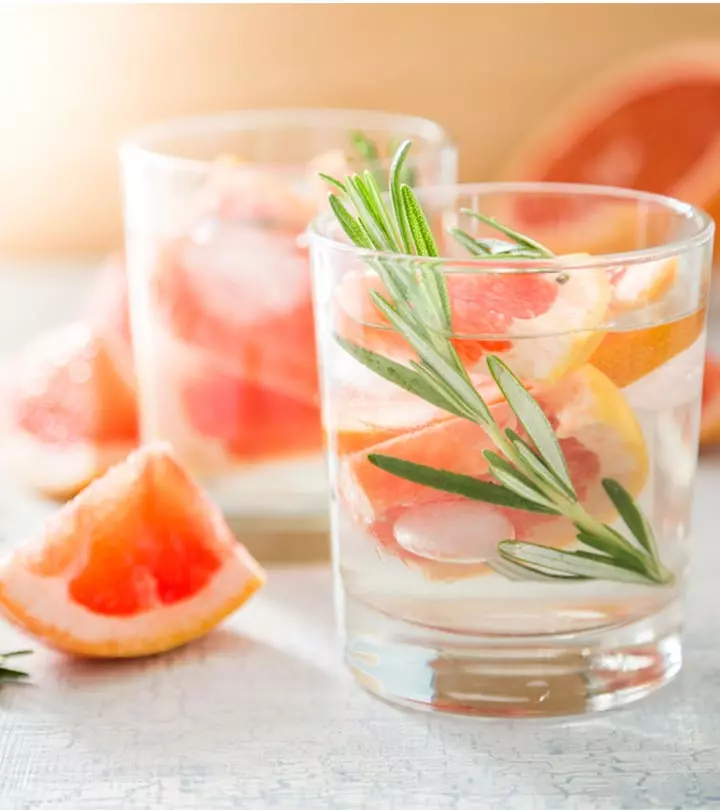
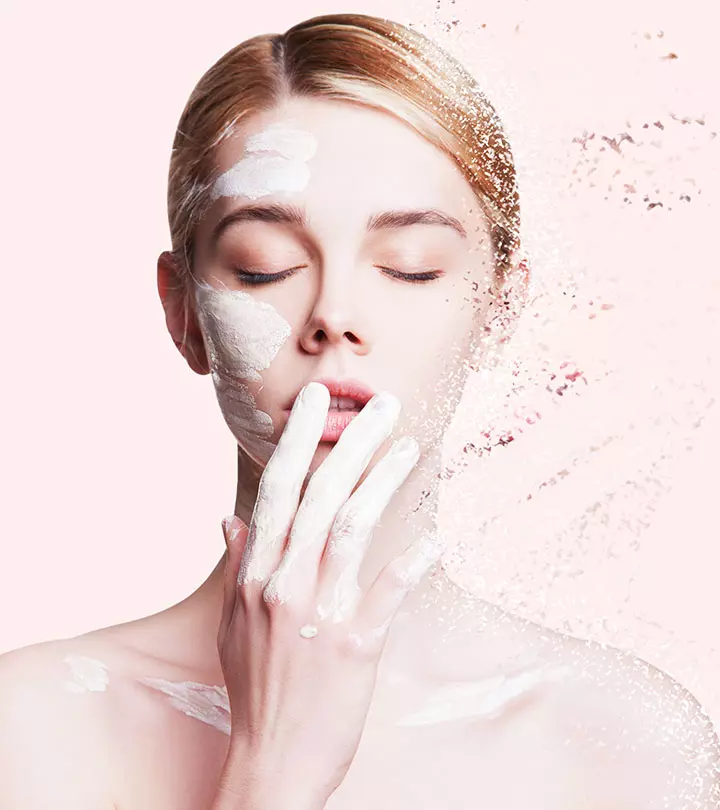

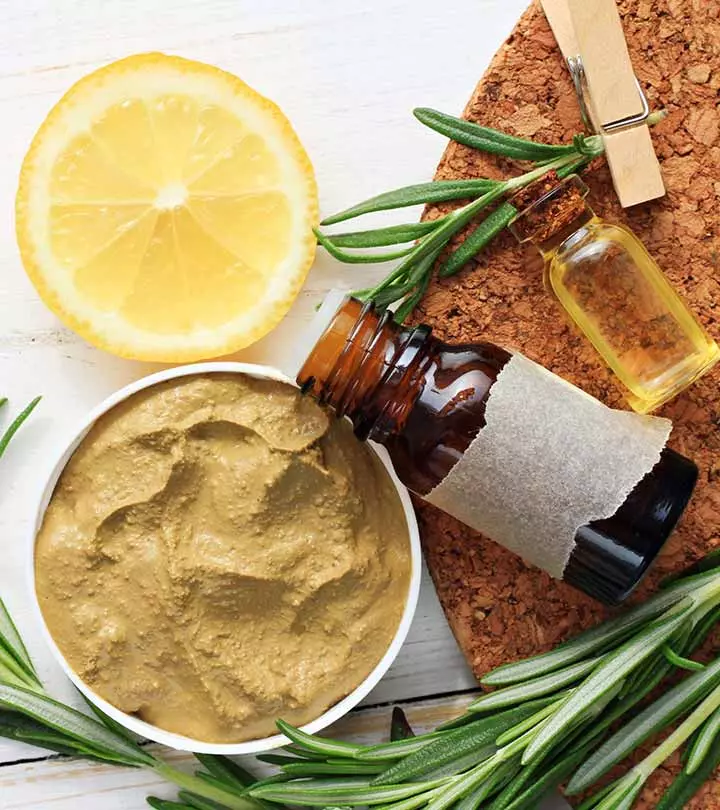
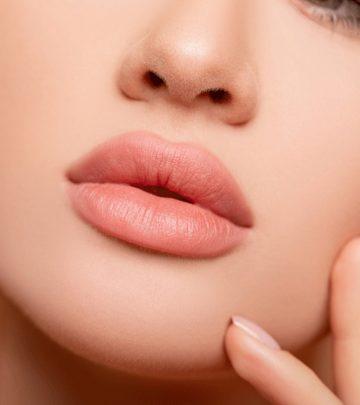



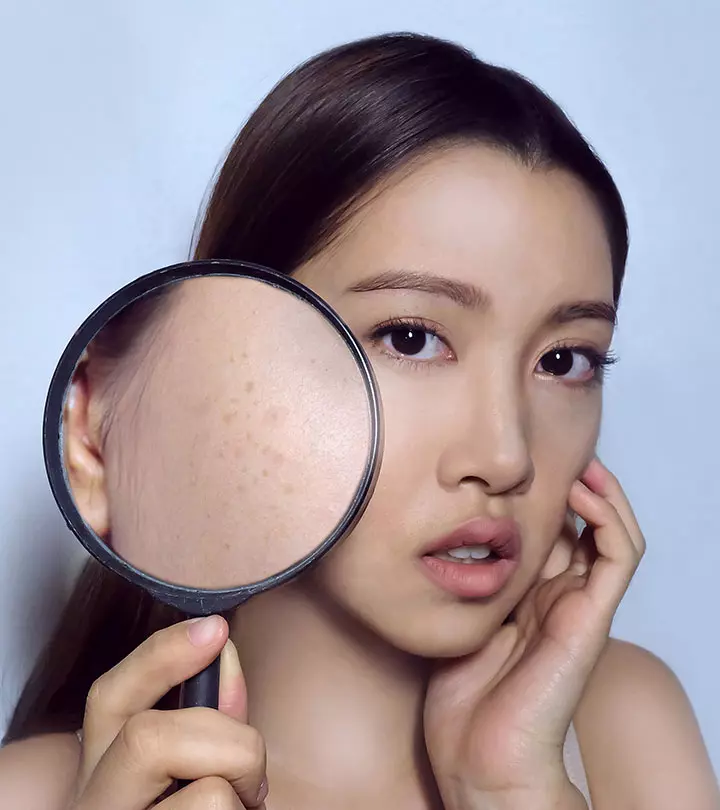

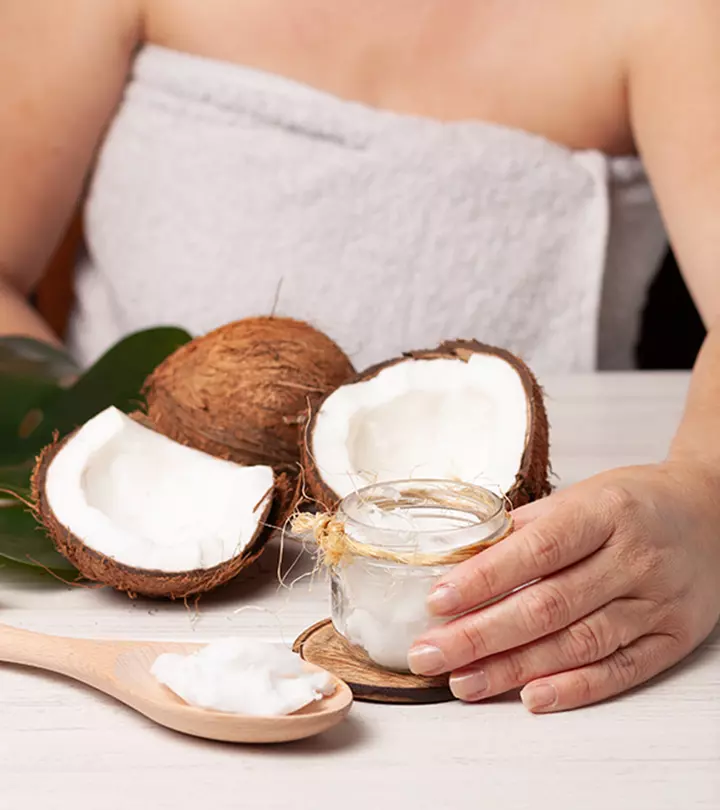
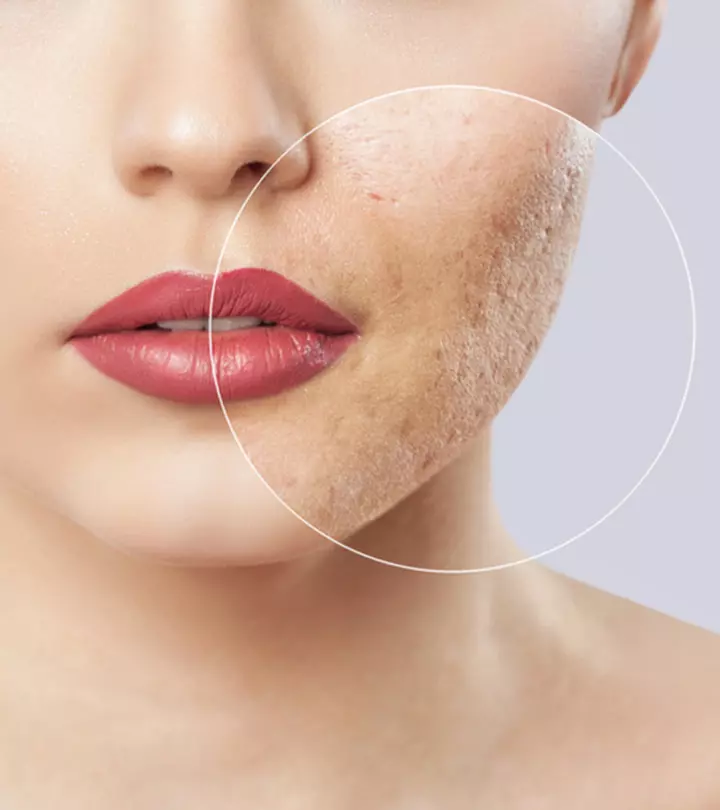
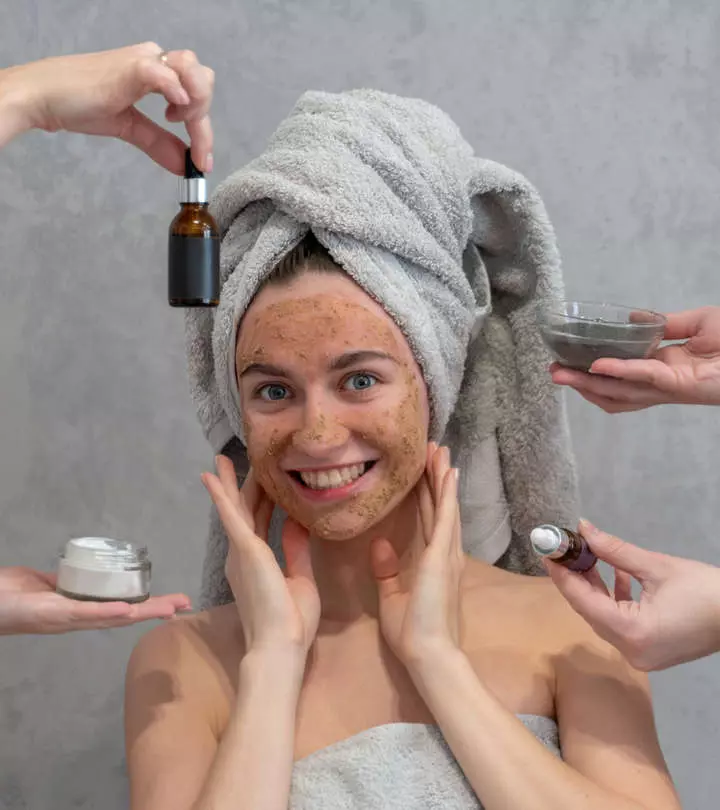

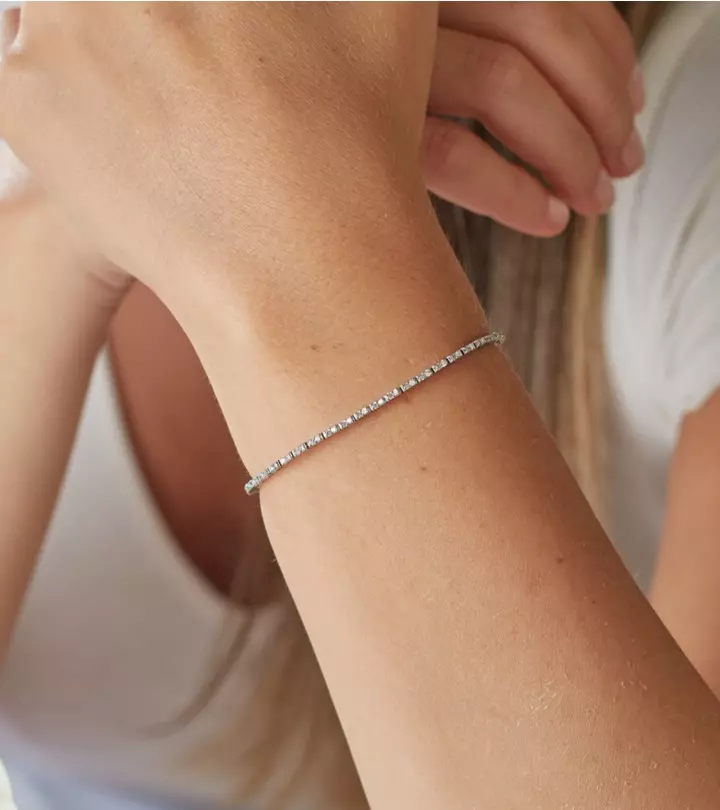

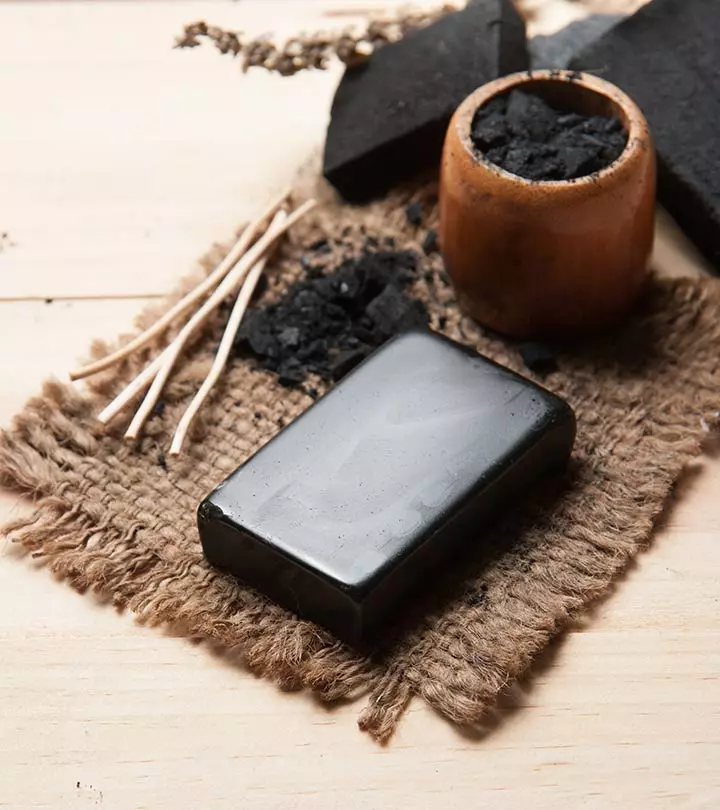
Community Experiences
Join the conversation and become a part of our empowering community! Share your stories, experiences, and insights to connect with other beauty, lifestyle, and health enthusiasts.